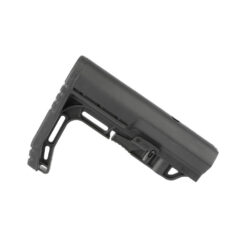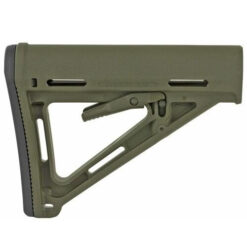Save 38%
MSRP: $39.95
$24.95
Save 12%
MSRP: $16.95
$14.95
Save 20%
MSRP: $79.99
$63.95
Save 28%
MSRP: $39.95
$28.95
On-Sale
Save 45%
MSRP: $54.95
Original price was: $49.95.$29.95Current price is: $29.95.
MSRP: $3.95
$3.95
Save 20%
MSRP: $124.99
$99.99
Save 36%
MSRP: $54.95
$34.95
Save 1%
MSRP: $3.99
$3.95
Save 20 – 23%
MSRP: $124.99 – $129.95
$99.99
Save 25%
MSRP: $3.95
$2.95
Save 5%
MSRP: $44.95
$42.70
Save 10%
MSRP: $49.95
$44.95
Save 10%
MSRP: $69.95
$62.95
Save 8%
MSRP: $64.99
$59.99
Save 20%
MSRP: $124.99
$99.99
Save 8%
MSRP: $59.95
$54.95
Save 5%
MSRP: $44.95
$42.70
Save 32%
MSRP: $43.99
$29.95
Save 11%
MSRP: $36.95
$32.95
Save 5%
MSRP: $59.99
$56.95
Save 9 – 10%
MSRP: $84.99
Price range: $76.50 through $76.95
Save 13 – 14%
MSRP: $49.95 – $59.95
Price range: $42.95 through $51.95
Save 6%
MSRP: $144.95
$136.95



























